Description
In this weekend class, Connecticut Valley School of Woodworking director and Fine Woodworking Magazine Contributing Editor Bob Van Dyke will demonstrate several increasingly complex decorative bandings.
Decorative Bandings
These bandings were employed extensively in Federal Period furniture and lend a distinction and uniqueness to almost any woodworking project. Historically, many of these bandings were a two-dimensional version of Queen Anne-style three-dimensional carvings. Regardless of the background- or the complexity, the question still remains- How are these things made? No- no one is gluing in tiny little pieces of wood with tweezers and magnifying glass! Like anything, it is a process- sometimes simple and sometimes incredibly complex! We will explore a number of different styles- including sand-shaded bandings – a process that adds an incredible three-dimensional quality that involves scorching parts in hot sand. Most of the basic processes were learned from Bob’s friend Steve Latta, who is a leading expert on Federal furniture inlays and bandings. Other bandings come from study and experimentation. We will make a number of the different bandings demonstrated. Students will take home a sampling of the bandings made during the class. Don’t miss this opportunity to expand your repertoire and learn a fascinating process!
Some of the skills covered in this class are:
- Laying up packs of edgebanding
- Working with hand and power tools to make accurate parts
- Using jigs and fixtures for productivity
- Thinking outside the linear box
For this class you’ll need:
Each student must supply his, or her, own: safety glasses and hearing protection; combination or machinist square; bevel gauge; bench chisels; carvers mallet; dovetail saw; marking gauge; smooth plane or jack plane; block plane; and tape measure or folding rule.
This course is limited in size to a maximum of 6 students.
Course Dates:
- April 26 – 27, 2025
If this course sells out, please call or email to be placed on the waiting list.
About the Instructor:
 After 18 years as an award-winning chef in French restaurants, Bob left the business to begin a career in woodworking and teaching. Furniture making had provided an outlet to the pressures of the restaurant business until 1993 when he started the Harris Enterprise School of Fine Woodworking. In seven years of operation, the school gained national exposure and recognition.
After 18 years as an award-winning chef in French restaurants, Bob left the business to begin a career in woodworking and teaching. Furniture making had provided an outlet to the pressures of the restaurant business until 1993 when he started the Harris Enterprise School of Fine Woodworking. In seven years of operation, the school gained national exposure and recognition.
In 2000 he formed a business partnership to open the Manchester, CT Woodcraft store and the Connecticut Valley School of Woodworking. He continually strives to expand his skills and knowledge by working on a variety of commissioned furniture pieces and new projects for upcoming classes. Bob is a featured author in Fine Woodworking Magazine and Woodshop News.
Bob’s approach to teaching centers on the belief that people learn “by doing rather than by watching.” Successful contemporary furniture-making also depends on utilizing a sensible combination of machine woodworking and handwork.
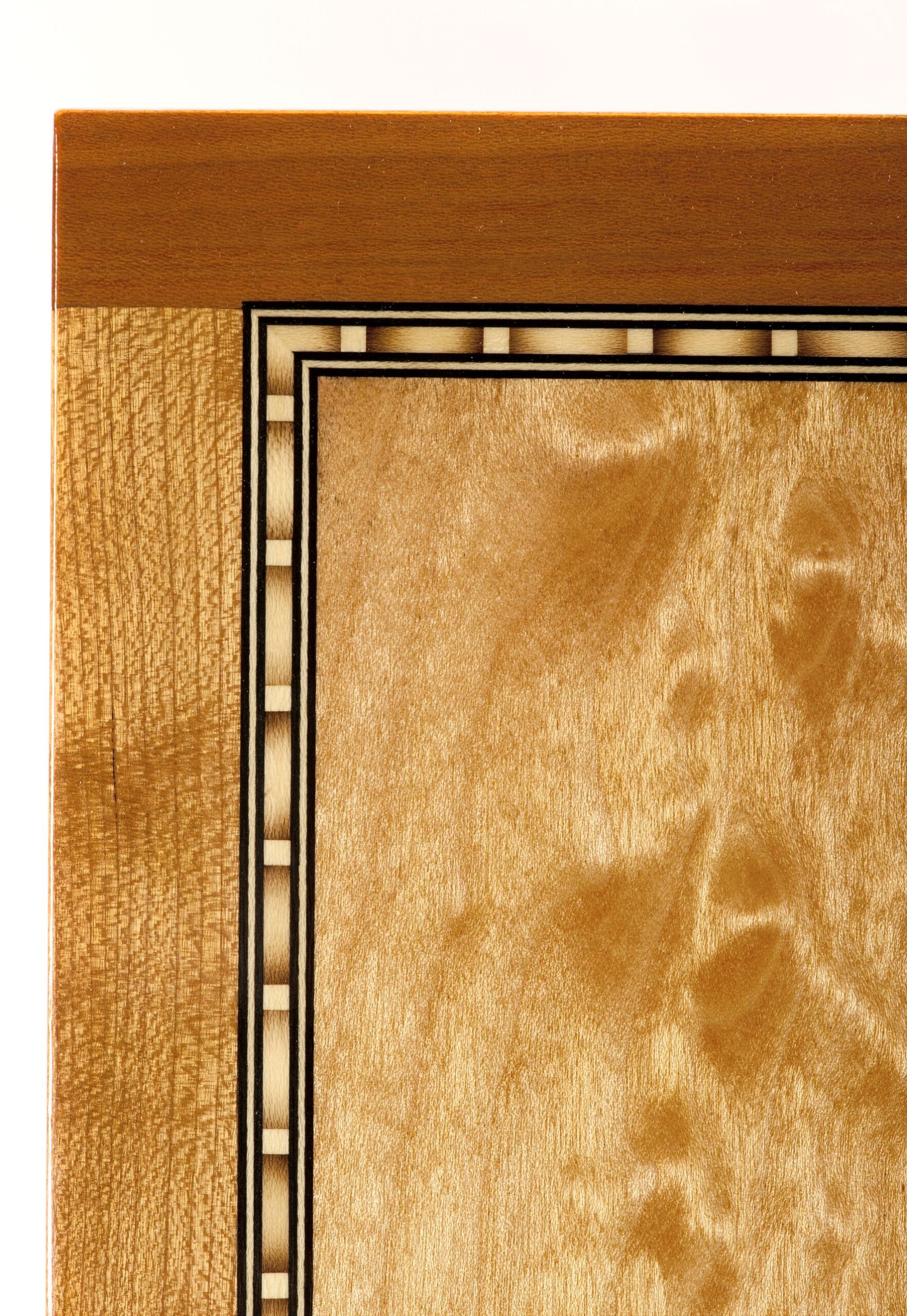
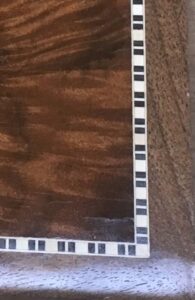
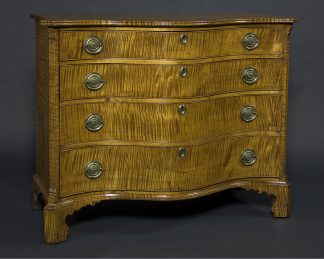
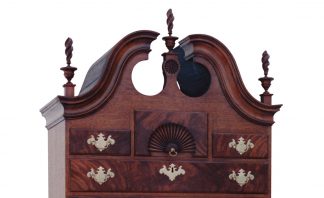
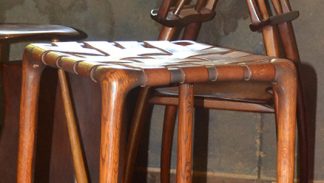
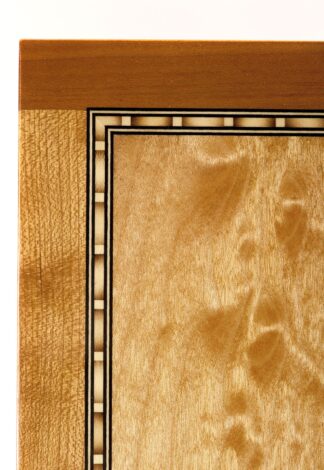
Reviews
There are no reviews yet.